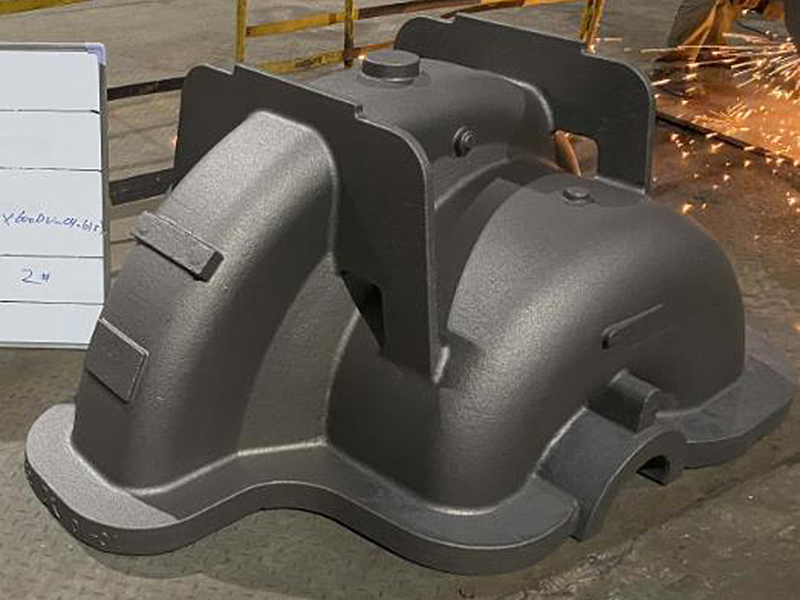The Importance of High-Quality Sand Casting in Manufacturing
Sand casting is one of the oldest and most widely used metal casting processes in manufacturing. It involves creating a mold from a mixture of sand and a bonding agent, which is then filled with molten metal to produce intricate metal parts. Among the various casting techniques, high-quality sand casting stands out due to its ability to produce complex shapes and designs while maintaining excellent dimensional accuracy and surface finish.
One of the key advantages of high-quality sand casting is its versatility. This process can accommodate a wide range of metals, including iron, aluminum, brass, and steel. The flexibility it offers makes it suitable for various applications across multiple industries, including automotive, aerospace, and heavy machinery. Manufacturers can produce components like engine blocks, turbine housings, and intricate brackets using sand casting, ensuring that they meet specific design and performance criteria.
The Importance of High-Quality Sand Casting in Manufacturing
In the quest for high-quality sand casting, manufacturers must also focus on the design of the mold itself. The mold design should facilitate the easy flow of molten metal and minimize the risk of defects such as inclusions, porosity, and shrinkage. Proper ventilation and gating systems are essential to ensure that the molten metal fills the mold evenly and efficiently. Engineers often use computer-aided design (CAD) and simulation software to optimize mold designs, leading to better casting outcomes.
high quality sand casting

Quality control is another critical aspect of the sand casting process. It involves meticulous inspection and testing at various stages, from the preparation of the sand mix to the final product. Non-destructive testing methods, such as ultrasonic testing or X-ray inspection, are commonly employed to detect internal defects that may compromise the integrity of the cast component. Regular quality checks help manufacturers maintain high standards and meet stringent industry regulations.
The economic benefits of high-quality sand casting should not be overlooked. This casting method is often more cost-effective than other fabrication techniques, especially for low to medium production volumes. The process allows for shorter lead times and reduced material waste, making it an attractive option for manufacturers looking to optimize production costs while delivering high-quality products.
Moreover, advancements in technology have further enhanced the capabilities of sand casting. Automated sand preparation systems and robotic molding solutions have streamlined the casting process, improving accuracy and consistency while reducing labor costs. These innovations make it possible to produce larger and more complex parts with greater reliability, contributing to the overall efficiency of manufacturing operations.
In conclusion, high-quality sand casting plays a vital role in modern manufacturing, providing an effective solution for producing complex metal components with excellent dimensional precision and surface quality. The versatility of materials, along with rigorous quality control measures and technological advancements, positions sand casting as a preferred choice across various industries. As manufacturers continue to seek ways to innovate and enhance production processes, the significance of high-quality sand casting will undoubtedly endure as a cornerstone of effective manufacturing strategies.
Post time:دسمبر . 03, 2024 11:04
Next:what type of sand is used for sand casting
